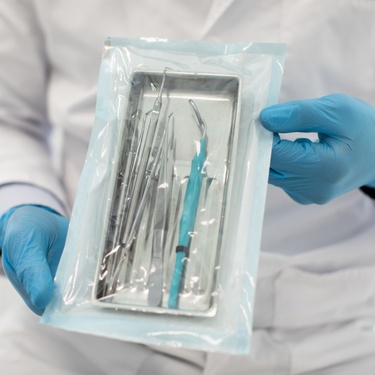
The cleanliness and safety of any medical device shouldn’t be left to chance. Sterilization testing, which determines whether a device’s intended sterilization procedure can effectively remove harmful microorganisms, is one of the most essential steps manufacturers can take.
Understanding why testing matters can help everyone from clinicians to patients make more informed decisions about healthcare products. If you want a clearer picture of why sterilization testing is so important for medical devices, this guide will walk you through the top reasons it matters.
Putting Patient Safety First
Patient safety sits at the heart of every medical procedure, especially when using devices that come into direct contact with the body. If a device doesn’t undergo proper sterilization, harmful microorganisms can enter a patient’s system and lead to infections that range from mild discomfort to life-threatening complications.
Sterilization testing for medical devices is critical because it quite literally acts as a safeguard. Regular, verified sterilization testing dramatically reduces infection rates associated with devices, meaning fewer hospital readmissions and better recovery experiences for patients.
Meeting Regulatory Compliance
Regulatory bodies require medical device manufacturers to conduct and document thorough sterilization testing before devices can go to market. These rules exist for a reason, and they’re not just bureaucratic hoops to jump through. They reflect deep insights into what reliably keeps patients safe and what happens when protocols aren’t followed.
Failing to comply with requirements such as guidelines from the Food and Drug Administration or standards from the International Organization for Standardization can cause serious problems for manufacturers. It can lead to recalls, fines, failed inspections, or even removal from the market.
More importantly, regulatory compliance ensures a level of consistency and accountability across the industry. For healthcare providers, knowing that a device has passed rigorous, required testing makes procurement decisions far more straightforward. For patients, compliance means an extra guarantee that their safety isn’t up to chance.
Confirming Device Efficacy
Even the most sophisticated sterilization equipment or protocols can’t guarantee actual success without regular verification. Device efficacy isn’t just about whether a tool performs its technical function; it’s also about whether it does so uncontaminated. Processes such as steam sterilization validation provide manufacturers and users with clear confirmation that a device’s reprocessing procedure effectively and consistently eliminates pathogens to the required degree.
Testing identifies when and if a process falls short, allowing for corrective action before anyone gets hurt. For healthcare facilities, this translates into better consistency in patient care, fewer delays due to equipment-related infections, and stronger overall trust in the tools clinicians rely on every day.
Building Consumer Confidence
Confidence is everything in healthcare. Patients and providers want certainty that the devices they depend on are as safe as possible.
For manufacturers, consistently passing and reporting on sterilization testing demonstrates reliability and commitment to quality, winning loyalty from both healthcare providers and the patients they serve. For hospitals, sharing information about rigorous sterilization protocols helps patients trust in the quality of care they’ll receive. This sense of security plays a big role in how comfortable patients feel when undergoing procedures, and it even influences which providers they choose.
Bio: Casey is a passionate copyeditor highly motivated to provide compelling SEO content in the digital marketing space. Her expertise includes a vast range of industries from highly technical, consumer, and lifestyle-based, with an emphasis on attention to detail and readability.

























